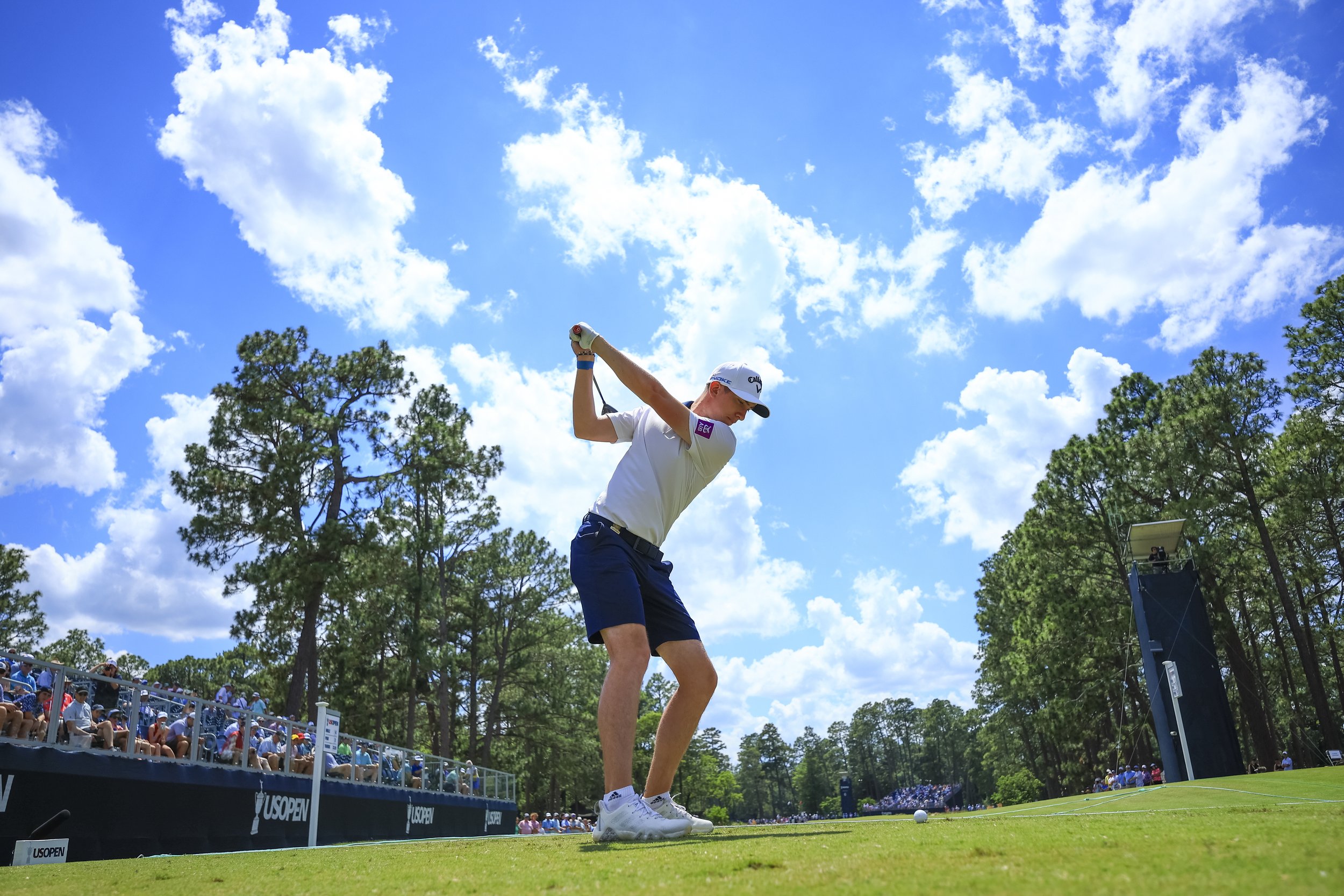Book review: Playing the long game in Irish golf

The Claret Jug at Royal Portrush. Picture: The R&A
Fretting about the number of Irish players ready to collect the baton from Padraig Harrington, Darren Clarke, Rory McIlroy and Shane Lowry has been a constant in Irish golf for the past decade or more.
It’s true that Tom McKibbin is the only Irish player under 30 with a similar career projection to our living Open champions, but like the impact of the French Revolution, as Chinese Premier Zhou Enlai said in 1972, it’s probably “too early to say” that we’re getting it all wrong. After all, a successful week at the DP World Tour Qualifying School this week could see as many as five Irishmen make the leap, even if previous performances suggest that only one or two will make that top 20 next Wednesday afternoon in Tarragona.
It’s often better to take the long view when it comes to the success or otherwise of Irish professional golf, which incidentally, has delivered 11 major championship wins and a host of Ryder Cup heroes since 2007 alone - more than any other nation bar the United States.
In chronicling Irish golf's relationship with The Open Championship in "Chasing Ladybirds; How Irish Players Scaled Golf's Summit" (Red Stripe Press, €19.99), veteran golf writer Dermot Gilleece presents the big picture in a wonderfully imaginative and entertaining way.
By telling the stories of Michael Moran, Fred Daly, Harry Bradshaw, Christy O’Connor, and myriad other characters who graced The Open in its early days, not forgetting great amateurs such as Joe Carr and Jimmy Bruen, we can see that there has never been a time when it was all plain sailing.
It was 60 years before Ireland claimed the Claret Jug for the second time, when Harrington won the first of two in a row at Carnoustie in 2007.
Our aspiring young golfers would do well to get a copy and listen to the stories of those who found the Holy Grail, those who came close, and realise they all had swing foibles, mental game challenges and no end of reverses as they dared to stick their heads above the parapet.
In a journalism career spanning 66 years, Gilleece covered 40 Open Championships, but the book chronicles over a century of Irish involvement in the game's oldest major and skilfully weaves the great tapestry together so that we can admire the overall picture with the benefit of hindsight. To mix our metaphors, it's an exercise in joining the dots that connect the great "Dyke” Moran— the first Irishman to win prize money in The Open in 1913 - to the affable Offaly man Lowry in 2019.
We come away with an intimate knowledge of his swing, his physique — "a small, wiry type of Irishman" —and his character through the words of golf writers such as Bernard Darwin, and the 1913 champion JH Taylor himself.
Gilleece gives the amateurs their due, especially Carr, who sets the record straight when it comes to the greatness of Bruen.
As for Daly, the first from these shores to lift the coveted Claret Jug at Hoylake in 1947, but few would know much about his background, the strengths of his game, or his foibles.
Peter Alliss fills in the gaps about a man who never had a formal lesson, played with clubs two inches longer than standard, but also perfected an uncanny feel for pace on the greens, glancing sideways at the hole as many as nine or ten times while "whistling between his teeth while he did so."
As the biographer of Bradshaw in "The Brad", and Carr in "Breaking 80", there are anecdotes galore about these Irish greats, not to mention the inimitable Christy O'Connor Snr, "Himself".
Perhaps the great strength of the book is that it is not just limited to the Irish greats, but it also gives voice to the thinking of Bobby Jones, Tom Watson, Seve Ballesteros, Paul Lawrie, Justin Leonard or Ian Baker-Finch to name but a few.
A foreword by Dr Bob Rotella provides us with an invaluable insight into what makes the Irish so adept at dealing with the inherent unfairness of a game where the outcome can be decided by myriad factors, from an inopportune squall to a carelessly discarded beer bottle, as was Bradshaw’s case at Sandwich in 1949. In writing of Harrington and how his mindset could be compared to those of Greg Norman, or even David Feherty, we get a telling story about a "competitive failure”.
We also hear from Rory McIlroy’s manager on the keys to his win at Hoylake and Harrington’s caddie Ronan Flood on his man’s two Open triumphs.
The book should be required reading, not only for anyone with an interest in Ireland's greats, but also for those aspiring to follow in their footsteps.
"Chasing Ladybirds; How Irish Players Scaled Golf's Summit” by Dermot Gilleece (Red Stripe Press, €19.99)










